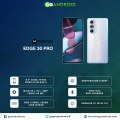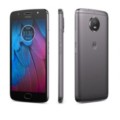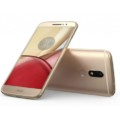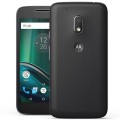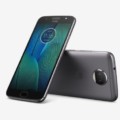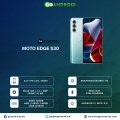Motorola Moto G5
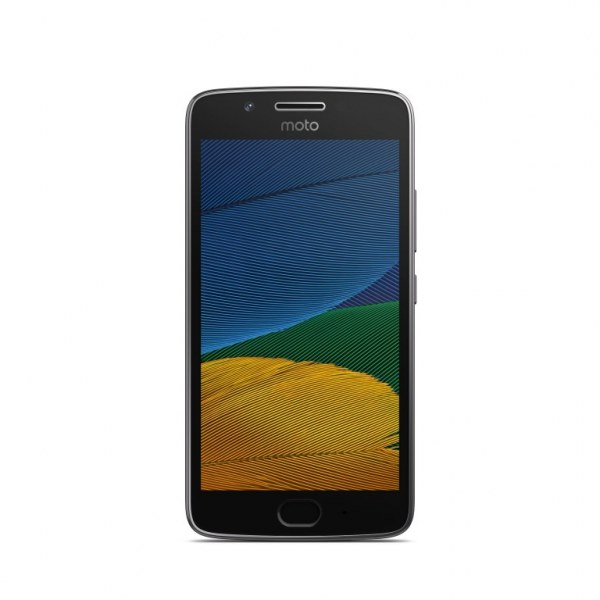
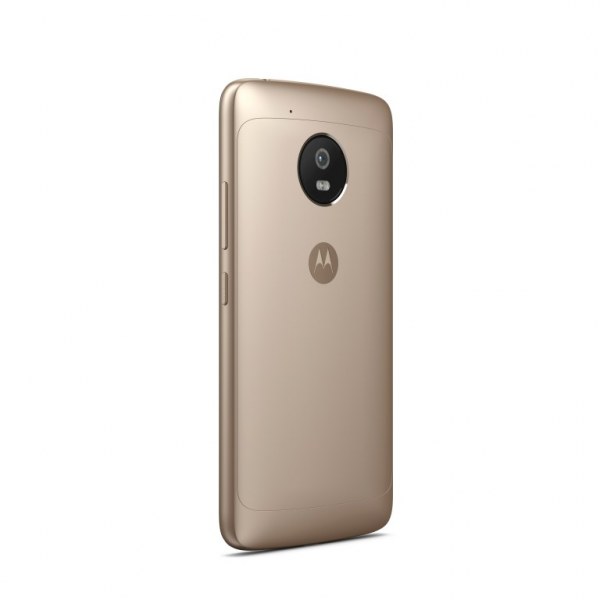
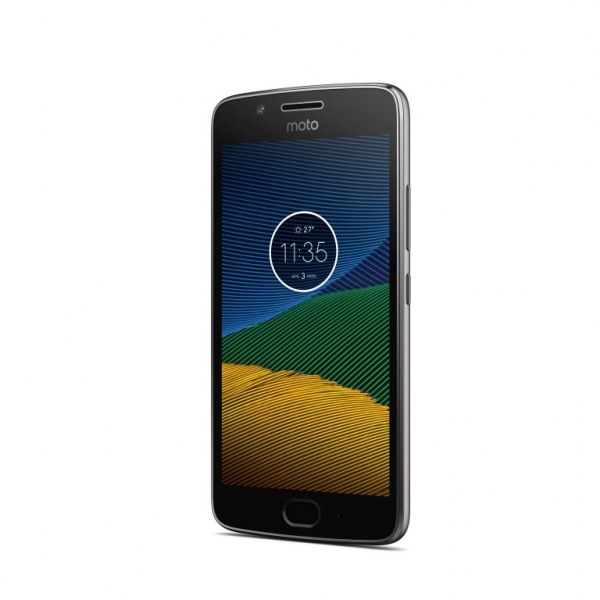

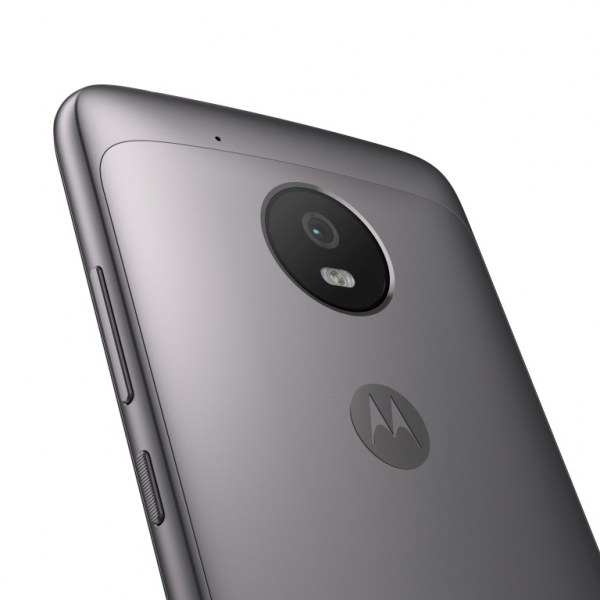
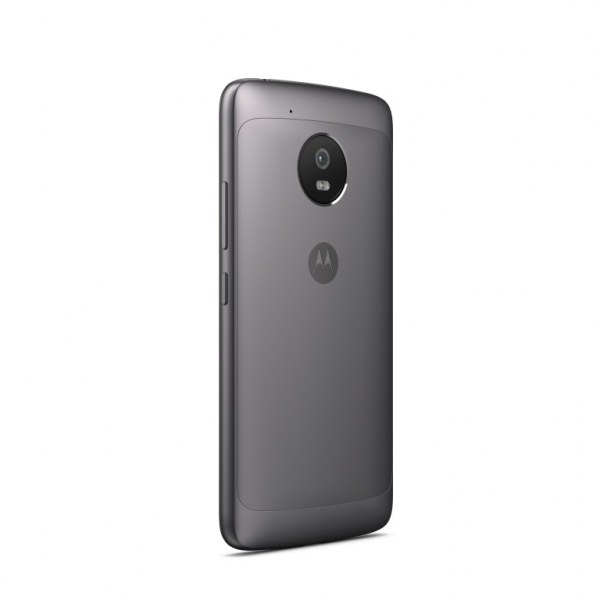

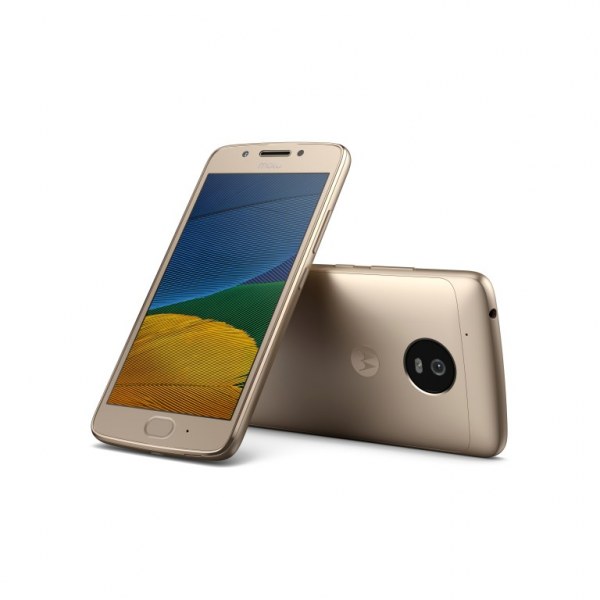
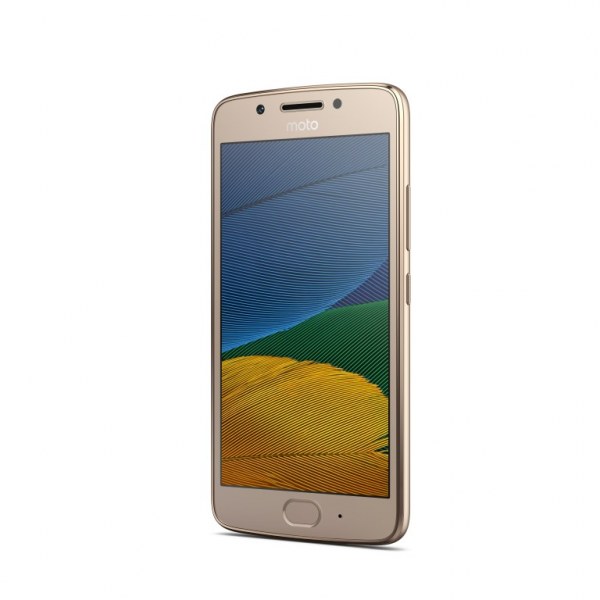
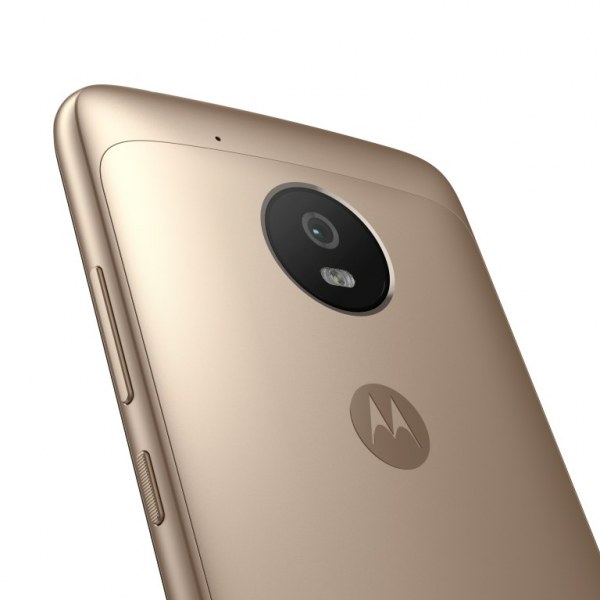










-
Processor: Qualcomm Snapdragon 430
-
RAM: 2 GB RAM
-
Storage: 64 GB
-
Display: 5.0 inches
-
Camera: 13 MP/5 MP
-
OS: Android OS, v7.0 (Nougat)
Motorola Moto G5 from Motorola has been launched at
Display and Design
Motorola Moto G5 comes with 5.0 inches IPS LCD capacitive touchscreen display. It would have a display resolution of 1080 x 1920 pixels with a pixel density of 424 ppi. It might measures 5.7×2.9×0.37 inches with a weight of 145 g . The display will be shielded with Corning Gorilla Glass 3.
Hardware and Software
Motorola Moto G5 runs on a Android OS, v7.0 (Nougat). Its inbuilts Qualcomm 1.4GHz octa-core Snapdragon 430. It will sport Adreno 506 GPU with 2GB of RAM. There is 64 GB of internal storage that can be expanded up to 256 GB via Microsd card slot.
Camera and Battery
As in camera section, it packs a 13-megapixel primary camera and 5MP secondary camera for selfies. The primary camera is capable of 1080p@30fps, HDR video recording. It also support Geo-tagging, touch focus, face detection, panorama, auto-HDR, autofocus, dual-LED (dual tone) flash. The phone consists of Li-Ion 2800 mAh capacity with the Non-removable battery. It would feature of Fast battery charging whit is quite good.
Sensors and Connectivity
Sensors on the are include:
- Fingerprint sensor (front-mounted),
- Accelerometer sensor,
- Gyro sensor,
- Proximity sensor and
- Compass sensor.
Connecitivity options have include:
- Wi-Fi 802.11 a/b/g/n, dual-band, WiFi Direct, hotspot
- Bluetooth- v4.2, A2DP, LE
- GPS with A-GPS, GLONASS, BDS
- NFC
- FM radio
- USB- microUSB v2.0, USB Host
Motorola Moto G5 - Specs
Network
Design
-
Type Design Type called form factor refers to a mobile phone's size, shape, and style as well as the layout and position of major components of phone. There are three major form factors seen in mobile phones => bar phones, folding phones and sliding phones.Bar
-
Dimensions144.3x73x9.5 mm
-
Weight5.1 oz, 145g
-
ColorsLunar Grey, Fine Gold
Display
-
Display Type Display Technology => A number of display technologies and types used in mobile phones => TFT (Thin Film Transistor), IPS (In-Place Switching), OLED (Organic Light Emitting Diode), AMOLED (Active-Matrix Organic Light-Emitting Diode), Super AMOLED (an even advanced version of AMOLED), Resistive Touchscreen (Resistive touchscreens contain two layer of conductive material with a very small gap between them which acts as a resistance), Capacitive Touchsceen (Capacitive touchscreen technology consists of a layer of glass coated with a transparent conductor)IPS LCD capacitive touchscreen
-
Size5.0 inches
-
Resolution1080 x 1920 pixels
-
Display Colors Display Colors is refers to the number of different shades of colors that the screen is capable of displaying => 64K colors, 256K colors and 16 million colors, Obviously 16M is highest available range of colors and better than others.16M colors
-
Pixel Density Pixel Density (PPI) is refers to the concentration of pixels on a particular display, measured in pixels per inch (ppi). Pixel density is calculated by dividing the diagonal pixel resolution of a display by its diagonal size, higher pixel density better display quality.440 ppi
-
Touch ScreenMultitouch
-
Display Protection Display Protection => Gorilla Glass is a special alkali-aluminosilicate glass shield with exceptional damage resistance that helps protect mobile displays from scratches, drops, and bumps of everyday use, It is always better to go for a smartphone with Gorilla Glass for that added protection and peace of mind.Corning Gorilla Glass 3
-
FeaturesSMS(threaded view), MMS, Email, Push Email, IM
Browser HTML5
Java No
- Fast battery charging
- MP3/AAC+/WAV/Flac player
- MP4/H.264 player
- Photo/video editor
- Document viewer
Software
-
Operating System OS => Every computer system run on a base software called Operating System (OS). Operating System controls all basic operations of the computer (such as smartphone, PDAs, tablet computers and other handheld devices). The Operating System allows the user to install and run third party applications (apps), apps are used to add new functionality to the device.Android OS, v7.0 (Nougat)
Hardware
-
Chipset Chipset is a group of integrated circuits designed to perform one or a more dedicated functions, often with real time computing constraints, Popular smartphones are equipped with more advanced embedded chipsets that can do many different tasks depending on their programming.Snapdragon 430
-
GPU GPU (Graphics Processing Unit) is a single-chip processor designed to rapidly manipulate and alter memory to accelerate the creation of images in a frame buffer intended for output to a display, This includes things such as lighting effects, object transformations, and 3D motion.Adreno 506
-
RAM (Memory) RAM (Random Access Memory) is a type of computer memory that can be accessed randomly, any byte of memory can be accessed without touching the preceding bytes that allows information to be stored and accessed quickly from random locations. RAM is the most common type of memory found in computer systems, smartphones, tablets and other electronic devices.2 GB RAM
-
Internal Storage Internal Storage is a data storage space (flash memory) mostly used in smartphones, tablets and other electronic devices where operating system, apps, music, photos, videos, files and other user data Is stored.64 GB
-
Card Slot Memory Card Slot is a special slot for inserting a memory card. Memory cards allow you to expand the phone's built-in memory, A memory card (sometimes called a flash memory card or a storage card) is a small storage medium used to store data such as text, pictures, audio, and video, for use on small, portable or remote computing devices such as mobile phones, mp3 players, digital cameras.up to 256 GB
-
Sensors Sensors are electronic components that detects and responds to some type of input from the physical environment. The specific input could be light, heat, motion, moisture, pressure and location, The output is generally a signal that is converted to use in computing systems, a location sensor, such as a GPS receiver is able to detect current location of your electronic device.Fingerprint (front-mounted), accelerometer, gyro, proximity, compass
Camera
-
Primary Camera is able to capture photographs and usually videos, The most important characteristics of a camera are the resolution (measured in megapixels), lens focus type (fixed or automatic), higher megapixel cameras are known to capture higher quality photos, but not always a good measurement of the photos quality.13 MP
-
Video1080p@30fps, HDR
-
Camera FeaturesGeo-tagging, touch focus, face detection, panorama, auto-HDR, autofocus, dual-LED (dual tone) flash
Battery
-
Battery Type Battery Type => Cell phones run on various kinds of batteries depending on the manufacturer, phone size or shape and features. There are basically four types of cell phone batteries => Lithium Polymer, Lithium Ion, Nickel Metal Hydride and Nickel Cadmium.Li-Ion (Lithium Ion)
-
Capacity Battery Capacity is a measure (typically in Amp-hr) of the charge stored by the battery, and is determined by the mass of active material contained in the battery. The battery capacity represents the maximum amount of energy that can be extracted from the battery under certain conditions.2800 mAh
Connectivity
-
Bluetooth Bluetooth is a wireless communications technology for exchanging data between mobile phones, headsets, computers and other network devices over short distances without wires, Bluetooth technology was primarily designed to support simple wireless networking of personal consumer devices.v4.2, A2DP, LE
-
Wi-fi Wi-Fi is a popular wireless networking technology using radio waves to provide high-speed network connections that allows devices to communicate without cords or cables, Wi-Fi is increasingly becoming the preferred mode of internet connectivity all over the world.Wi-Fi 802.11 a/b/g/n, dual-band, WiFi Direct, hotspot
-
Infrared Infrared connectivity is an old wireless technology used to connect two electronic devices. It uses a beam of infrared light to transmit information and so requires direct line of sight and operates only at close range.
-
USBmicroUSB v2.0, USB Host
-
GPS GPS The Global Positioning System is a satellite-based radio navigation system, GPS permits users to determine their position, velocity and the time 24 hours a day, in all weather, anywhere in the world, In order to locate your position, your device or GPS receiver must have a clear view of the sky.A-GPS, GLONASS, BDS
-
NFC NFC (Near field communication) is a set of standards for smartphones and similar devices to establish peer-to-peer radio communications with each other by touching them together or bringing them into proximity, usually no more than a few inches.
-
Headphone Jack

